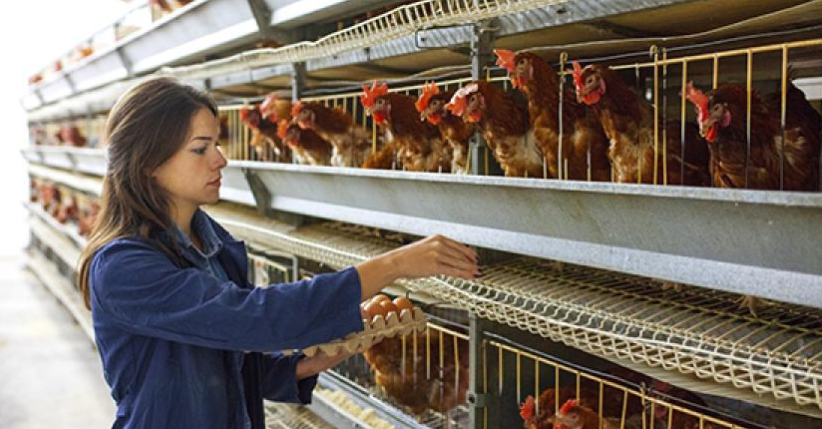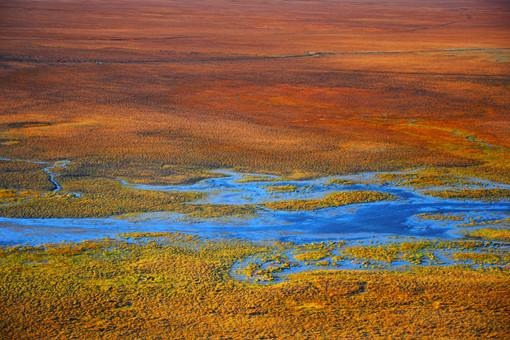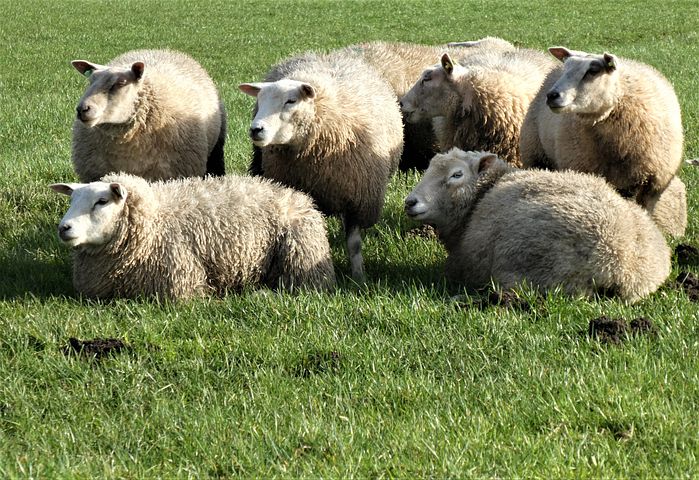
创新背景
大多数传染病毒病原体具有人畜共患病的起源和过程,人畜共患病原体维持在动物宿主中,偶尔会克服溢出的障碍并引起人类大流行。最受关注的人畜共患病毒数量最多的是集约养殖动物,以及那些因栖息地丧失而流离失所和种群减少的野生动物物种。
创新过程
集约化畜牧业牲畜密度高,与人类接触频繁、抗病性和遗传多样性低,看似增加了人畜共患流行病的风险,但自由放养的动物需要更多的土地栖息繁殖,增加了对自然栖息地的侵占,并为野生动物携带的疾病与人类接触跳过物种障碍创造更大的潜力。

剑桥大学的一个领导小组对比了集约化农业和粗放农业,发现缺少证据表明何为风险最小的耕作方式,但放弃集约化农业很有可能会增加疾病传播的风险。因为以往的研究经常忽略土地利用和传染病风险之间的关系。

与集约化的高产农场相比,粗放农场需要更多的土地来生产相同数量的粮食。广泛转向粗放农业将导致大面积自然栖息地被干扰破坏,增加了病毒溢出的风险,因为它扰乱了可能宿主下一次大流行病毒的野生动物,并增加了野生动物,人和牲畜之间的接触。与粗放或自由放养的农场相比,集约化农场的土地利用率更高,且可以种植饲料的同时饲养动物。

人类食用的大部分肉类、鸡蛋和乳制品来自集约化农场,这样的农场因为其拥挤的环境和高密度动物被认为增加了疾病产生传播的风险。但如果推进粗放或自由养殖,对牲畜产品不断增长的需求将导致栖息地急剧丧失,耕种面积越来越小,不得不在牲畜和人们经常接触野生动物的地方耕种。这会使得人畜共患病毒更容易蔓延到人或牲畜身上。

集约化养殖的风险侧重于疾病发源,粗放式养殖的风险则在溢出传播,目前的研究尚且无法确定那种养殖方式风险更低。以当前的农业模式来看,养殖业需要对动物的健康和福利做出重要监测,密切关注动物健康指标、行为、动作,利用高新技术如人工智能等对农场进行监测查探。
创新关键点
从土地利用的角度考虑农业养殖的风险。
Land use reduces spillover risk from intensive farming
Intensive livestock farming has a high livestock density, frequent contact with humans, disease resistance and low genetic diversity, which appears to increase the risk of zoonotic epidemics, but free-range animals require more land habitat to reproduce, increase encroachment on natural habitats, and create greater potential for wildlife-borne diseases to jump over species barriers to human contact.
A leadership team at the University of Cambridge compared intensive and extensive agriculture and found a lack of evidence on what constitutes the least risky farming practice, but abandoning intensive farming is likely to increase the risk of disease transmission. Because previous studies have often ignored the relationship between land use and infectious disease risk.
Extensive farms require more land to produce the same amount of food than intensive, high-yield farms. A broad shift to extensive agriculture will result in large areas of natural habitat being disrupted and destroyed, increasing the risk of virus spillover as it disrupts wildlife that could host the virus of the next pandemic and increases contact between wildlife, people and livestock. Intensive farms have higher land utilization rates than extensive or free-range farms and can grow feed while raising animals.
Most of the meat, eggs and dairy products consumed by humans come from intensive farms, which are thought to increase the risk of disease transmission because of their crowded environment and high density of animals. But if extensive or free farming is promoted, the growing demand for livestock products will lead to a sharp loss of habitat, smaller and smaller areas of cultivation, and having to cultivate in places where livestock and people are in constant contact with wildlife. This makes zoonotic viruses more likely to spread to humans or livestock.
The risks of intensive culture focus on the origin of the disease, while the risk of extensive culture is spillover, and current research has not been able to determine that the risk of farming is lower. In terms of the current agricultural model, the aquaculture industry needs to make important monitoring of animal health and welfare, pay close attention to animal health indicators, behaviors, and actions, and use high-tech such as artificial intelligence to monitor and investigate farms.
智能推荐
农业资源与环境创新思维 | 创新利用稻米和微生物净化重金属废水
2022-11-21研究人员利用以米麸为营养来源的硫酸还原菌净化含有重金属的矿山废水。
涉及学科涉及领域研究方向农业资源与环境创新思维 | 土地利用降低集约化养殖的溢出风险
2022-07-26从土地利用的角度考虑农业养殖的风险。
涉及学科涉及领域研究方向农业昆虫学创新思维 | 养殖昆虫与可持续粮食系统创新研究
2022-11-21通过研究养殖昆虫的策略方法保证昆虫安全、减少食物浪费并促进可持续粮食系统发展。
涉及学科涉及领域研究方向